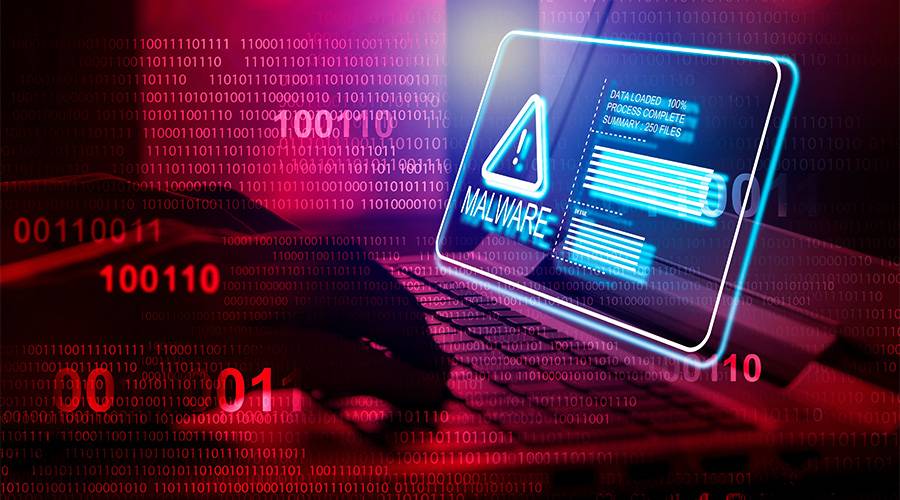-
Services
-
About us


5 Ways to Use IT to Support Employee Mental Health
One in four people will face a mental health problem every year. Whether work triggers or worsens mental health issues, employers play a key role in providing support. Businesses rely on technology every day, and there are many underused ways you can use technology to support mental well-being in the workplace.
Here are some of the ways IT can help you support your team better.
1. Digital Wellness Platforms
One of the easiest ways to enhance your company’s mental health offerings is by integrating digital wellness platforms. These tools can give your employees access to resources like meditation apps and stress management guides, helping them take charge of their mental health. Some popular wellness platforms include:
- Calm or Headspace: Apps that provide guided meditation and relaxation exercises.
- Talkspace or BetterHelp: Services that connect employees with licensed therapists.
- Mental health platforms offer comprehensive services tailored to corporate environments.
IT Tip: Make these tools easy to access on your company’s intranet. You can also integrate them with single sign-on (SSO) systems. This way, employees can log in smoothly using their work credentials.
2. Communication and Collaboration Tools
Collaboration tools like Microsoft Teams are not only for project management. They can also support mental health. These tools help teams stay connected, especially those working remotely or in hybrid setups. These platforms can help prevent feelings of isolation and support open communication. Best practices:
- Check-ins: Encourage team leaders to conduct regular mental health check-ins using these platforms.
- Well-being channels: Create dedicated channels for mental health awareness, where employees can share resources and stress-management tips.
- Wellness reminders: Use integrations to automate reminders for wellness breaks, stretching exercises, or hydration.
IT Tip: Integrate tools that reduce the pressure of constant availability, helping employees set boundaries and avoid burnout.
3. Secure Employee Data and Privacy
The privacy and security of your employee data is essential. Protecting sensitive mental health information is no exception and should be a top priority. Important security measures include:
- Data encryption: Ensure all personal and health-related data is encrypted in transit and at rest.
- Compliance: Ensure your company follows relevant data protection laws like the Data Protection Act (DPA) or GDPR.
- Secure authentication: Implement robust authentication methods, such as multi-factor authentication (MFA), to secure access to mental health platforms.
IT tip: Regularly audit your systems to stay compliant and address any potential security vulnerabilities.
4. Encourage Work-life Balance with IT Solutions
Supporting work-life balance is essential for mental health, and IT can be crucial in promoting it. Automating workflows and providing access to flexible work tools can help employees better manage their time and reduce stress. Here are some examples:
- Flexible scheduling: Use cloud-based project management tools like Planner in Teams or Monday.com. These tools let employees manage their tasks on their on terms.
- Workload management tools: These tools help employees track time and manage their workload, reducing the risk of burnout.
IT Tip: Integrate wellness breaks into productivity tools. For example, you can automate reminders for regular screen breaks.
5. Virtual Mental Health Workshops and Training
As remote work becomes more common, virtual mental health workshops and training sessions help promote mental well-being. Platforms like Microsoft Teams, Zoom, or Google Meet can easily facilitate these sessions. Consider offering:
- Stress management training via webinars.
- Mental health awareness workshops led by professionals.
- Mindfulness sessions throughout the day to help employees relax and reset.
IT Tip: Automate event management tools to organise and promote these sessions across the organisation.
Empowering Well-Being with IT
Mental health in the workplace has never been more crucial, and IT can play a key role in supporting it. By integrating the right tools, you can boost productivity, create a more resilient workforce, and ensure your team feels valued and supported.
As we kickstart 2025, it’s the perfect opportunity to review your current IT strategy and explore how technology can foster a mentally healthy workplace for your employees.
Download our ready-to-use IT strategy template pack that enables you to build a clear and coherent IT strategy that aligns with your wider business goals and objectives. If you need assistance with implementing an effective IT strategy, please don’t hesitate to get in touch.


